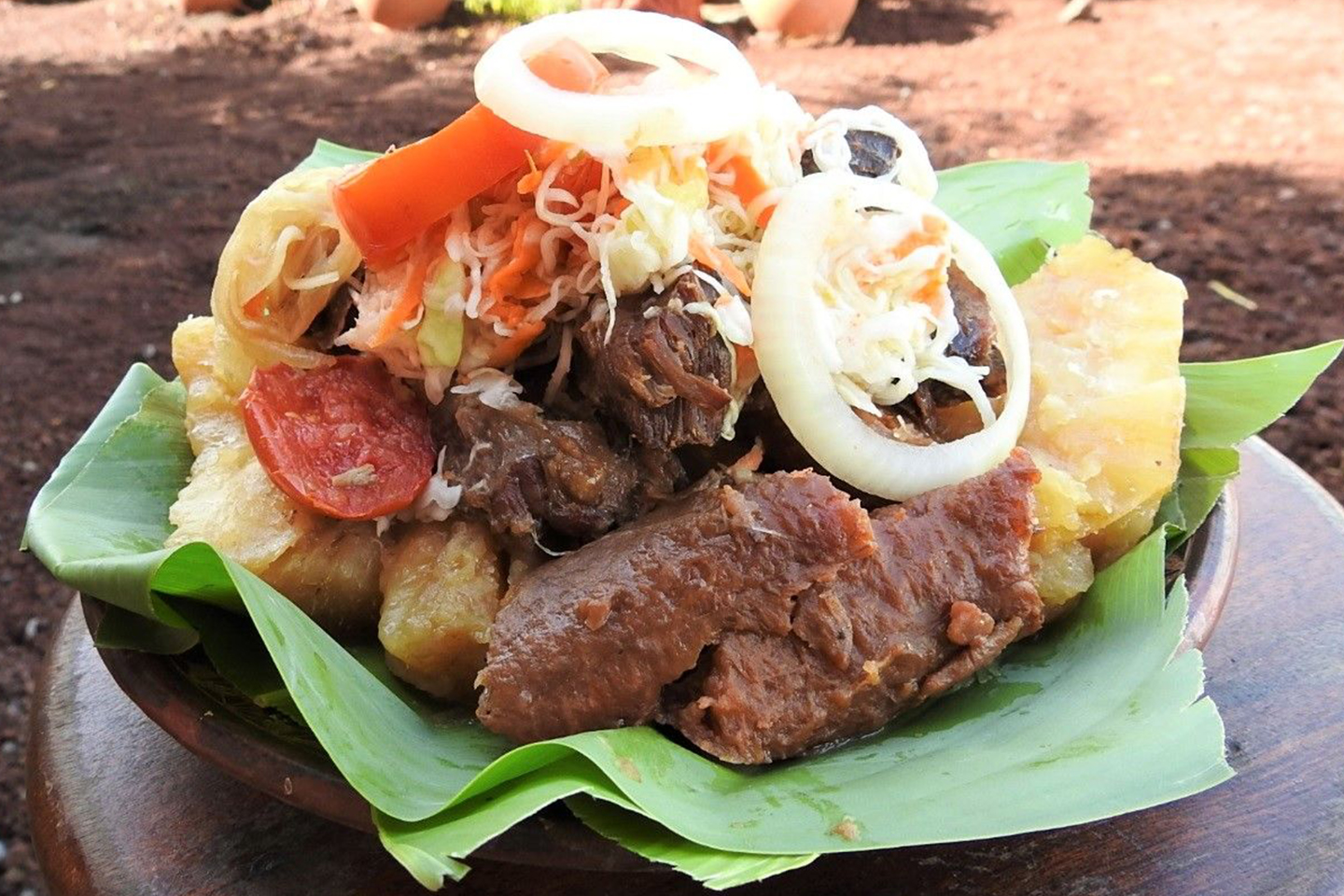Traditional Flavors Of Nicaragua: A Guide To Comida Tipica De Nicaragua
Nicaragua, the land of lakes and volcanoes, is renowned not only for its stunning landscapes but also for its rich and diverse culinary heritage. Comida tipica de Nicaragua, or traditional Nicaraguan food, holds a special place in the hearts of its people and visitors alike. Rooted in centuries-old traditions, this cuisine is a vibrant fusion of indigenous flavors, Spanish influences, and African touches, making it a unique gastronomic experience that reflects the country’s history and culture.
The essence of Nicaraguan cuisine lies in its simplicity and the use of fresh, locally sourced ingredients. From hearty rice and bean dishes to succulent meats grilled to perfection, comida tipica de Nicaragua is a celebration of bold flavors and comforting textures. Every bite tells a story, transporting you through the country’s tropical farms, bustling markets, and warm kitchens where family recipes are lovingly passed down through generations.
Whether you’re savoring the smoky aroma of a freshly prepared nacatamal, enjoying a refreshing vigorón in the shade of a mango tree, or indulging in sweet tres leches cake at a festive gathering, Nicaraguan food is more than just sustenance—it’s a way of life. Let’s dive into the world of comida tipica de Nicaragua, exploring its roots, iconic dishes, and the cultural significance behind every plate.
- Mike And Molly Cast
- Kim K Diddy Video
- Lexi Rivera And Pierson Wodzynski
- Liam Payne Voice Actor
- Montana Jordan Age
Table of Contents
- History of Nicaraguan Cuisine
- Staple Ingredients in Nicaraguan Cooking
- Gallo Pinto: The Heart of Nicaraguan Cuisine
- Nacatamales: Nicaragua’s Answer to Tamales
- Vigorón: A Street Food Classic
- Indio Viejo: A Traditional Beef Stew
- Quesillos: The Perfect Snack
- Baho: The Ultimate Fusion Dish
- Seafood Delights on the Caribbean Coast
- Traditional Drinks of Nicaragua
- Iconic Desserts in Nicaraguan Cuisine
- Festive Foods and Special Occasions
- Regional Differences in Nicaraguan Cuisine
- The Role of Food in Nicaraguan Culture
- Tips for Exploring Nicaraguan Food as a Visitor
- FAQs About Comida Tipica de Nicaragua
History of Nicaraguan Cuisine
Nicaraguan cuisine has a long and fascinating history that dates back to pre-Columbian times. The indigenous peoples of Nicaragua, including the Chorotega, Nicarao, and Miskito tribes, were the original creators of many traditional dishes. They relied heavily on ingredients like corn, beans, squash, and tropical fruits. Corn, in particular, was a sacred crop and formed the foundation of their diet, used to make tortillas, tamales, and beverages such as pinolillo.
With the arrival of the Spanish in the 16th century, Nicaraguan cuisine underwent a significant transformation. The Spanish introduced new ingredients like rice, wheat, pork, and spices, which were integrated into existing recipes. This fusion of indigenous and Spanish culinary traditions gave birth to many of the dishes we now associate with comida tipica de Nicaragua.
Over the years, African and Caribbean influences also made their way into Nicaraguan cuisine, particularly in the coastal regions. These influences are evident in the use of coconut milk, seafood, and spicy flavors. Today, Nicaraguan food is a reflection of the country’s diverse cultural heritage, offering a unique blend of flavors that appeal to locals and visitors alike.
Staple Ingredients in Nicaraguan Cooking
The foundation of comida tipica de Nicaragua lies in its simple yet flavorful ingredients. Some of the most commonly used staples include:
- Corn: Used in tortillas, tamales, and drinks like pozol and pinolillo, corn is a cornerstone of Nicaraguan cuisine.
- Beans: Often paired with rice to create the iconic gallo pinto, beans are a dietary staple.
- Rice: A versatile ingredient used in side dishes, soups, and desserts.
- Plantains: Whether fried, boiled, or mashed, plantains are a favorite accompaniment to many meals.
- Cheese: Nicaraguan cheese, such as quesillo and cuajada, is known for its unique texture and flavor.
- Fresh Fruits: Mangoes, papayas, bananas, and pineapples are commonly used in both savory and sweet dishes.
- Meat: Beef, pork, and chicken are often grilled or stewed to perfection.
- Seafood: Particularly in coastal areas, fish, shrimp, and lobster are popular choices.
These ingredients, combined with traditional cooking methods and spices, create the distinctive flavors that define Nicaraguan cuisine.
Gallo Pinto: The Heart of Nicaraguan Cuisine
Gallo pinto, which translates to “spotted rooster,” is the quintessential dish of Nicaragua. This humble yet flavorful combination of rice and beans is a staple in every household and is often enjoyed for breakfast, lunch, and dinner. The dish gets its name from the speckled appearance of the beans mixed with rice.
Preparing gallo pinto involves cooking rice and beans separately and then mixing them together with sautéed onions, garlic, and bell peppers. A touch of oil and a dash of Worcestershire sauce enhance the flavor. While gallo pinto is a simple dish, its taste is anything but ordinary—it’s hearty, comforting, and deeply satisfying.
This dish is more than just food; it’s a symbol of Nicaraguan identity and pride. It’s often served with accompaniments like fried plantains, eggs, cheese, or sour cream, making it a versatile and well-rounded meal.
- Willard Ford
- Amanda Riley Mugshot
- Damon Wayans Age
- Aaron Pierre Relationships
- Wedding George Strait Jr

40 comidas típicas de Nicaragua que debes probar Tips Para Tu Viaje

Comida típica de Nicaragua origen, bebidas, recetas, y más.